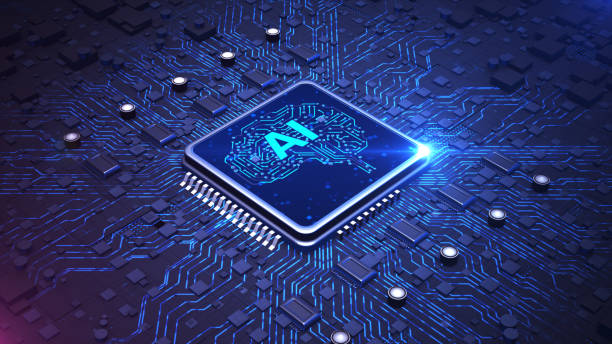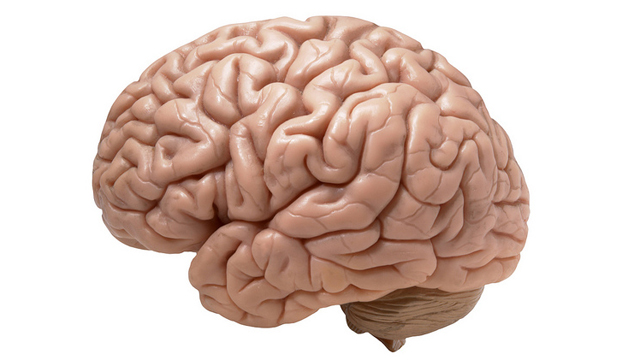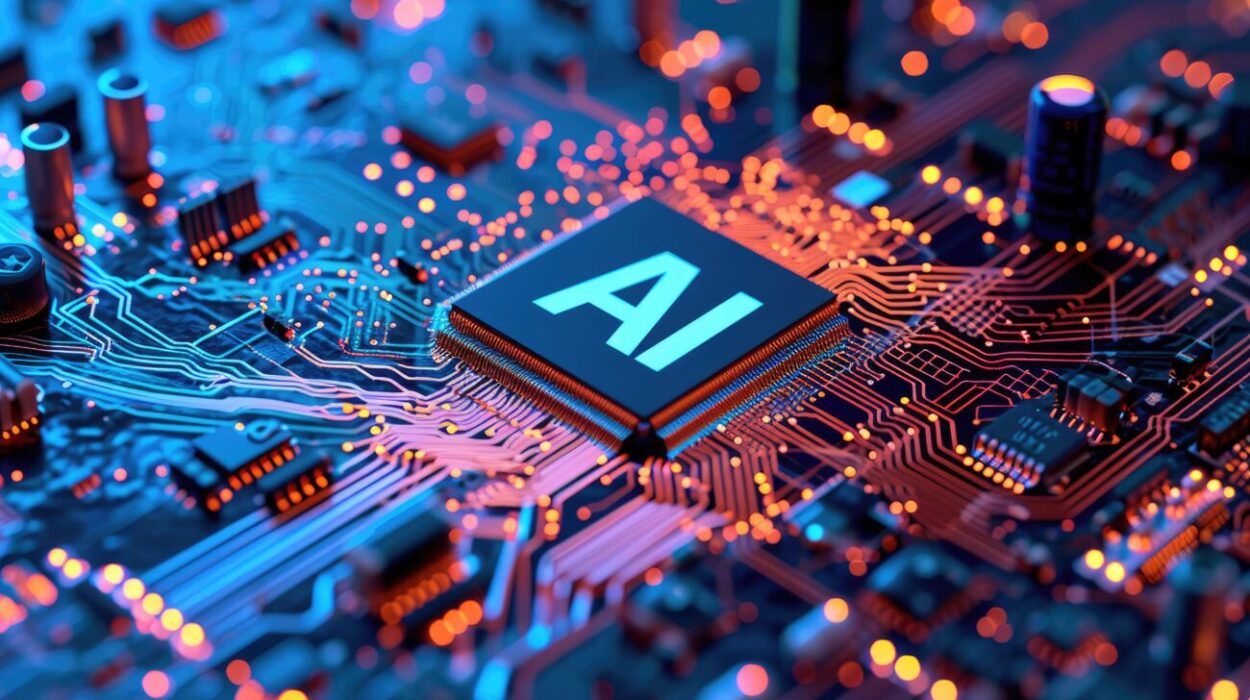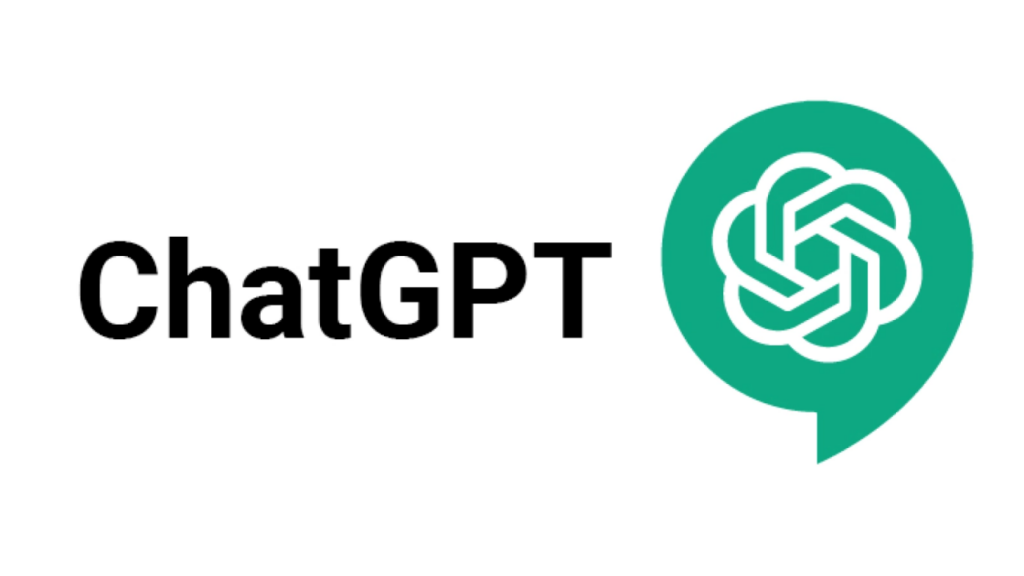Artificial Intelligence, or AI, has become one of the most transformative technologies of the 21st century. Once the subject of science fiction, AI now plays an active role in daily life—guiding our online experiences, powering digital assistants, diagnosing diseases, and even shaping global economies. Yet the current stage of AI development is only the beginning. As algorithms become more sophisticated, data becomes more abundant, and computational power continues to rise, the presence of AI in everyday life will grow deeper, more seamless, and perhaps more personal than ever imagined.
Understanding the future of AI requires exploring both its scientific foundations and its potential impacts on humanity. It is not merely about the technology itself, but about how it will interact with people, institutions, and societies. The future of AI in everyday life will likely redefine what it means to live, work, learn, and even think.
The Foundations of Artificial Intelligence
Artificial Intelligence is the field of computer science that focuses on creating machines capable of performing tasks that would normally require human intelligence. These tasks include perception, reasoning, learning, language understanding, and decision-making. The foundation of modern AI lies in several core disciplines—machine learning, deep learning, natural language processing, robotics, and cognitive computing.
Machine learning, the most prominent subfield, enables systems to improve their performance through experience rather than explicit programming. Instead of following fixed instructions, an AI model learns patterns from large datasets and uses them to make predictions or decisions. Deep learning, a more advanced subset of machine learning, employs neural networks inspired by the structure of the human brain. These networks can process complex information such as images, speech, and natural language with remarkable accuracy.
The rapid progress of AI over the past two decades has been driven by three main forces: massive amounts of data generated by digital devices, exponential improvements in computing power, and advances in algorithmic design. Together, these have enabled the creation of AI systems capable of recognizing faces, translating languages, recommending products, and even generating human-like text and art.
AI Integration in Daily Life
AI is already embedded in many aspects of daily life, often in ways that are invisible to most people. Every time someone uses a smartphone, scrolls through social media, shops online, or interacts with a smart home device, they are engaging with AI. Search engines use AI to deliver relevant results, navigation apps calculate optimal routes, and streaming platforms suggest entertainment based on personal preferences.
In the near future, AI will expand from digital interactions to the physical world, connecting seamlessly with the Internet of Things (IoT), wearable technologies, and smart environments. The boundary between the virtual and the real will blur as AI becomes more integrated into human experience, creating a kind of ambient intelligence that anticipates needs and responds proactively.
AI in Communication and Personal Assistance
The most visible manifestation of AI in everyday life is through virtual assistants such as Siri, Alexa, Google Assistant, and ChatGPT-like models. These systems represent the merging of natural language processing and contextual reasoning, allowing humans to communicate with machines in their own language. As these assistants grow more capable, they will evolve from reactive tools to proactive companions that understand intentions, emotions, and habits.
Future AI personal assistants will not only schedule meetings or control smart homes—they will help manage cognitive load. They might anticipate when someone needs a reminder, detect stress through voice or facial cues, and adapt their tone accordingly. Advances in emotion recognition and contextual awareness will enable AI systems to communicate more empathetically, bridging the gap between machine logic and human sensitivity.
Multimodal AI, capable of processing text, speech, vision, and gestures simultaneously, will make interactions even more natural. Imagine explaining a task to your assistant while showing it an image, and it immediately understands both the visual and verbal cues. Such systems will act as intelligent intermediaries between humans and the digital world, enabling intuitive collaboration between people and machines.
AI and Transportation
Transportation is one of the areas where AI will most visibly reshape everyday life. The development of autonomous vehicles—cars, drones, and even ships—represents a major leap toward a world where mobility is intelligent and efficient. Self-driving cars rely on a combination of sensors, cameras, radar, and AI algorithms to interpret surroundings, navigate traffic, and make real-time decisions.
While fully autonomous vehicles are still in testing phases, partial automation is already common in modern cars through driver-assistance systems like adaptive cruise control, lane-keeping, and automatic braking. As safety, reliability, and regulation evolve, autonomous vehicles could reduce traffic accidents, lower emissions, and optimize urban mobility.
Beyond personal transportation, AI-driven logistics and delivery systems are transforming commerce. Drones equipped with AI navigation can deliver packages to remote areas, while logistics companies use predictive algorithms to optimize routes, reduce fuel consumption, and ensure on-time delivery. In public transport, AI systems can analyze commuter data to adjust schedules dynamically, minimizing congestion and improving efficiency.
In the future, urban mobility may become fully orchestrated by interconnected AI systems, where cars, buses, and trains communicate with one another through smart infrastructure. Such integration could transform cities into ecosystems of coordinated motion—safer, cleaner, and more efficient.
AI in Healthcare
Perhaps the most impactful domain for AI in everyday life will be healthcare. The integration of AI into medical systems promises to revolutionize diagnostics, treatment, and disease prevention. Machine learning models are already capable of analyzing medical images, predicting genetic risks, and identifying potential drug candidates faster than human researchers.
In diagnostics, AI-powered tools can detect patterns in scans or blood tests that might escape the human eye. Algorithms trained on millions of medical images can identify tumors, fractures, or infections with accuracy comparable to that of expert radiologists. AI systems are also improving personalized medicine by analyzing genetic data to tailor treatments to individual patients, maximizing effectiveness while minimizing side effects.
Wearable devices such as smartwatches and health trackers already collect physiological data—heart rate, sleep patterns, oxygen levels—and feed it into AI systems for analysis. In the near future, these devices could continuously monitor health in real time, alerting individuals and doctors to early signs of disease. This shift from reactive to proactive healthcare could dramatically improve quality of life and longevity.
AI is also transforming mental health care. Emotion-recognition algorithms can detect changes in speech or behavior that signal depression or anxiety, prompting early intervention. Virtual therapists powered by conversational AI are being designed to provide emotional support and counseling at scale.
The ethical use of AI in healthcare will remain a challenge, particularly regarding privacy, bias, and accountability. However, if managed responsibly, AI could democratize access to healthcare and make personalized medicine a reality for millions.
AI in Education and Learning
The future of education will be deeply intertwined with AI. Intelligent tutoring systems already personalize learning experiences based on a student’s strengths, weaknesses, and learning pace. Rather than following a fixed curriculum, future AI-driven education platforms will adapt in real time, providing individualized instruction that optimizes understanding and engagement.
AI can analyze patterns in how students learn and identify where they struggle, providing targeted interventions. For teachers, AI can handle administrative tasks like grading or attendance, allowing more time for creative instruction and mentorship. AI-driven analytics can also help institutions design curricula that respond to evolving job markets and skill demands.
Virtual and augmented reality powered by AI will bring immersive learning experiences to life. Students might explore ancient civilizations through virtual field trips or conduct complex chemistry experiments in safe digital laboratories. Language learning will also become more interactive, with AI systems acting as conversational partners capable of understanding cultural nuances and pronunciation.
However, as AI takes on a larger role in education, maintaining human values—curiosity, empathy, creativity—will be crucial. The best educational systems of the future will combine the precision of AI with the inspiration of human educators.
AI and the Workplace
Work is undergoing a transformation driven by automation, robotics, and intelligent software. In the workplace of the future, AI will act not as a replacement for humans, but as a collaborator. Routine tasks—data entry, scheduling, quality control—are already being automated, allowing employees to focus on creative, strategic, and interpersonal roles.
AI tools will enhance productivity by providing real-time insights, predicting outcomes, and optimizing workflows. In industries such as finance, AI systems can analyze market trends, detect fraud, and recommend investment strategies. In manufacturing, AI-powered robots can assemble products with precision and adapt to changing conditions.
The rise of generative AI is also reshaping creative industries. Algorithms can now compose music, design graphics, and generate text or code. These systems will not eliminate human creativity but augment it, allowing artists, writers, and engineers to experiment faster and explore new possibilities.
However, the increasing integration of AI into the workforce raises important social questions. Job displacement, reskilling, and inequality must be addressed through thoughtful policies and education systems that prepare people for new forms of work. The future of employment will depend not just on technology, but on how societies adapt to it.
AI and Smart Homes
The concept of a smart home—a living environment enhanced by AI and connected devices—is rapidly becoming a reality. AI systems can already control lighting, temperature, security, and appliances through voice commands or automated schedules. In the near future, homes will evolve into adaptive ecosystems that learn from their occupants’ habits and preferences.
Imagine a home that adjusts lighting based on mood, regulates temperature for optimal comfort, and prepares meals according to dietary goals. AI-powered appliances will communicate with one another, coordinating tasks such as laundry or grocery management. Sensors embedded throughout the home will monitor safety, detecting smoke, water leaks, or unauthorized entry.
Elderly and disabled individuals may benefit most from smart home technologies. AI can enable assisted living environments that monitor health, detect falls, and provide reminders for medication, allowing greater independence.
As privacy concerns arise from the extensive use of sensors and data, robust security and ethical frameworks will be essential. The ideal smart home of the future will be both intelligent and trustworthy—a space that enhances well-being without compromising privacy.
AI in Entertainment and Creativity
AI is changing how we create and consume entertainment. Streaming platforms already use recommendation algorithms to personalize content. In the near future, AI will go beyond curation to creation—writing scripts, composing music, designing characters, and even generating entire virtual worlds.
Video games, films, and virtual reality experiences will become increasingly interactive and adaptive. AI characters will respond dynamically to player behavior, creating personalized storylines that evolve uniquely for each user. In filmmaking, AI can enhance visual effects, edit footage, and even generate realistic digital actors.
In the field of art, generative AI tools can create paintings, poetry, and music that rival human creativity. This raises philosophical questions about the nature of authorship and originality. However, rather than replacing human creativity, AI often serves as a catalyst, inspiring artists to explore new mediums and ideas.
The convergence of AI, augmented reality, and brain-computer interfaces may eventually allow people to “create by thought,” turning imagination into reality. Entertainment, in this sense, will become a deeply personal and participatory experience.
AI and Social Interaction
As AI becomes capable of understanding emotions, tone, and context, it will increasingly participate in social interactions. Social robots and digital companions are already being developed to provide companionship for the elderly, assist children with learning, and offer support to individuals facing loneliness.
In online communication, AI will help moderate content, detect hate speech, and ensure safer digital environments. It may also act as an intermediary in conversations, translating languages or facilitating collaboration between people from different cultures.
The ethical implications of human-AI relationships are significant. When machines become emotionally intelligent, the line between tool and companion blurs. It will be essential to establish boundaries that preserve human authenticity and emotional well-being while still embracing the benefits of AI-mediated interaction.
AI and Sustainability
AI is poised to play a crucial role in addressing global challenges such as climate change, resource scarcity, and environmental degradation. By analyzing vast datasets, AI can optimize energy consumption, improve agricultural efficiency, and monitor ecosystems with unprecedented precision.
In energy systems, AI can balance supply and demand, forecast renewable energy generation, and reduce waste. Smart grids controlled by AI can dynamically route electricity where it is needed most, integrating solar and wind power seamlessly.
In agriculture, AI-powered drones and sensors can monitor soil health, detect pests, and optimize irrigation, reducing water use and increasing crop yields. Environmental monitoring systems equipped with AI can track deforestation, pollution, and wildlife populations, enabling faster conservation responses.
AI’s role in sustainability extends to materials science as well, where algorithms are helping discover new compounds for batteries, solar panels, and biodegradable plastics. The future of sustainability will depend not only on human willpower but also on the intelligence of the technologies we create.
Ethics and the Human Future
As AI becomes more integrated into everyday life, ethical questions grow increasingly urgent. Issues of privacy, bias, surveillance, and autonomy will define how societies accept and regulate AI systems. Machine learning algorithms trained on biased data can reproduce or even amplify existing inequalities. Ensuring fairness, transparency, and accountability will be essential to maintain public trust.
There is also the question of agency. As AI systems make more decisions—about hiring, credit, healthcare, and justice—humans must ensure that control remains in human hands. Ethical frameworks, global governance, and interdisciplinary collaboration between technologists, philosophers, and policymakers will be necessary to guide AI’s evolution responsibly.
The development of artificial general intelligence (AGI)—systems capable of reasoning and learning across domains at a human level—poses both promise and peril. While AGI could accelerate scientific discovery and solve complex global problems, it could also challenge fundamental notions of control and human identity. The future of AI must be guided not just by technical progress but by moral wisdom.
The Symbiosis of Humans and Machines
Rather than replacing humans, AI is likely to evolve into a partner that complements human abilities. The most successful societies will be those that foster collaboration between humans and machines—where AI handles data-driven tasks, and humans provide creativity, empathy, and ethical judgment.
In medicine, AI may analyze data while doctors make final decisions. In art, AI may generate ideas while humans give them meaning. This symbiosis will define the future of intelligence—one not dominated by machines, but enriched by their cooperation.
The Road Ahead
The future of AI in everyday life will be defined by integration, personalization, and adaptation. It will become less about discrete applications and more about a pervasive intelligence woven into the fabric of existence. Homes, cities, workplaces, and even human bodies will interact seamlessly with intelligent systems designed to make life safer, healthier, and more fulfilling.
However, this vision will only succeed if humanity steers AI’s development toward inclusivity, transparency, and shared benefit. The challenge lies not in creating smarter machines, but in ensuring that their intelligence serves human values.
Conclusion
The future of AI in everyday life is not a distant dream—it is unfolding now. It promises a world of personalized healthcare, adaptive education, efficient transportation, and sustainable living. Yet it also demands responsibility, foresight, and empathy from those who build and govern it.
Artificial Intelligence will not merely change what we do; it will reshape who we are. As humans and machines learn to coexist and collaborate, the boundary between technology and humanity will fade. The true measure of progress will not be the power of AI itself, but the wisdom with which we use it—to create a future where intelligence, in all its forms, serves life.






